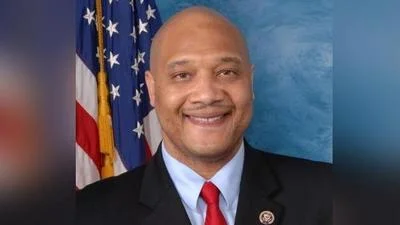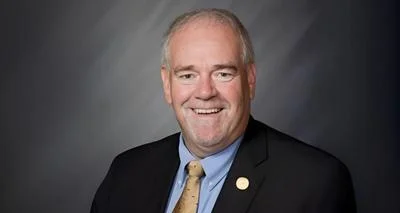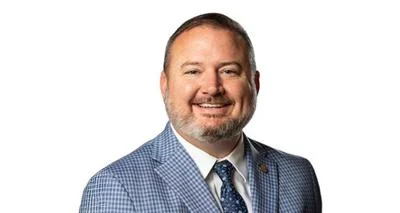The publication is reproduced in full below:
CELEBRATING THE CENTENNIAL OF FREDERICK DOUGLASS PARK
______
HON. ANDRE CARSON
of indiana
in the house of representatives
Monday, June 28, 2021
Mr. CARSON. Madam Speaker, today I rise to commemorate the centennial of Frederick Douglass Park in Indianapolis. This historic park honors the memory and legacy of legendary abolitionist Frederick Douglass. Located in the Martindale-Brightwood neighborhood on the east side of Indianapolis and maintained by the City of Indianapolis's parks department, the Frederick Douglass Park has been an integral part of our city for generations by bringing our community together.
The park's history reflects America's civil rights journey. It opened in 1921 in the Jim Crow era to serve Black citizens, as they were excluded or intimidated from visiting other recreational spaces in Indianapolis. Black Hoosiers embraced the park, organizing and advocating for its maintenance and improvement. Frederick Douglass Park is well known for its role in cultivating Black golfers, and it has hosted professionals such as Ted Rhodes, Charlie Sifford and Tiger Woods. Today, it is visited and appreciated by Hoosiers of many different backgrounds.
Frederick Douglass Park continues to play an important role in Indianapolis, and in celebration of its 100 years, our community is planning a series of events including a golf-tournament, festival, and movie night. The City of Indianapolis will additionally announce a
$19.5 million investment into Frederick Douglass Park, updating it for its second century through the construction of a new family center that includes educational, fitness, and community spaces.
Today, I ask my colleagues to join me in celebrating this incredible park and its rich history in my district.
SOURCE: Congressional Record Vol. 167, No. 112
The Congressional Record is a unique source of public documentation. It started in 1873, documenting nearly all the major and minor policies being discussed and debated.
House Representatives' salaries are historically higher than the median US income.






 Alerts Sign-up
Alerts Sign-up